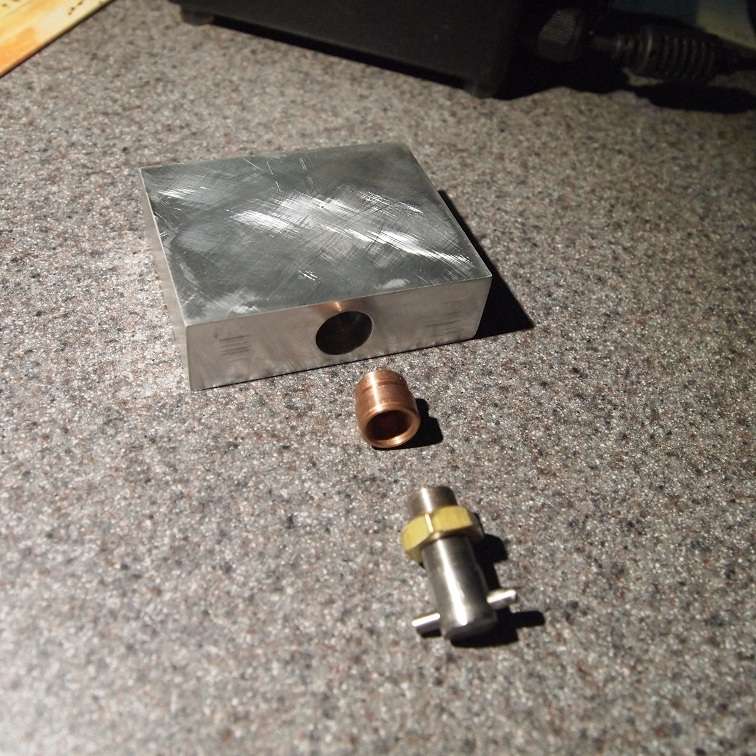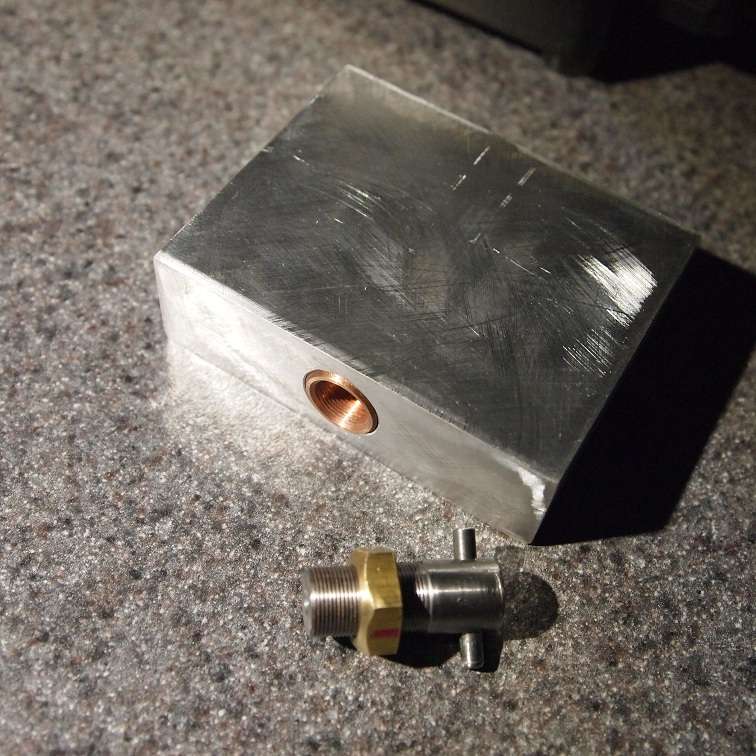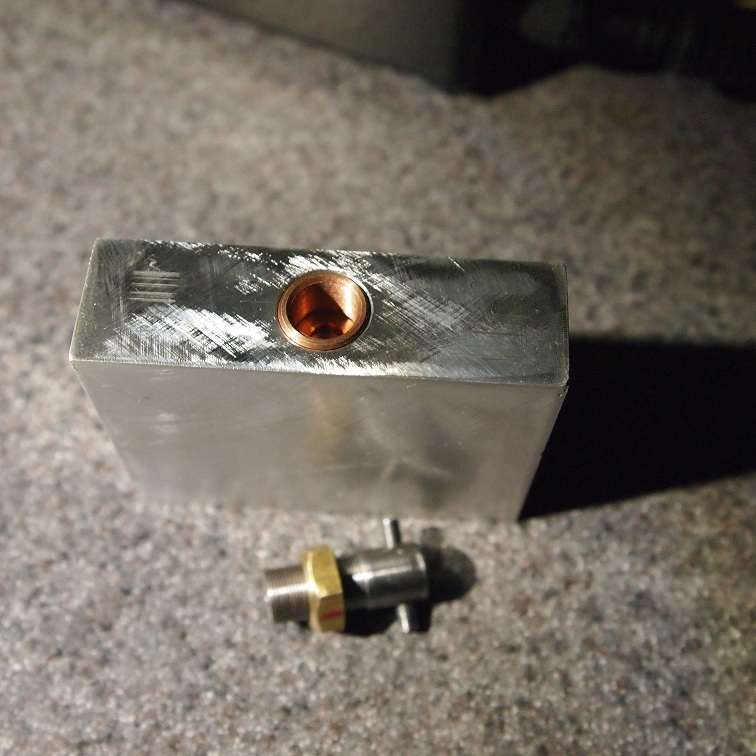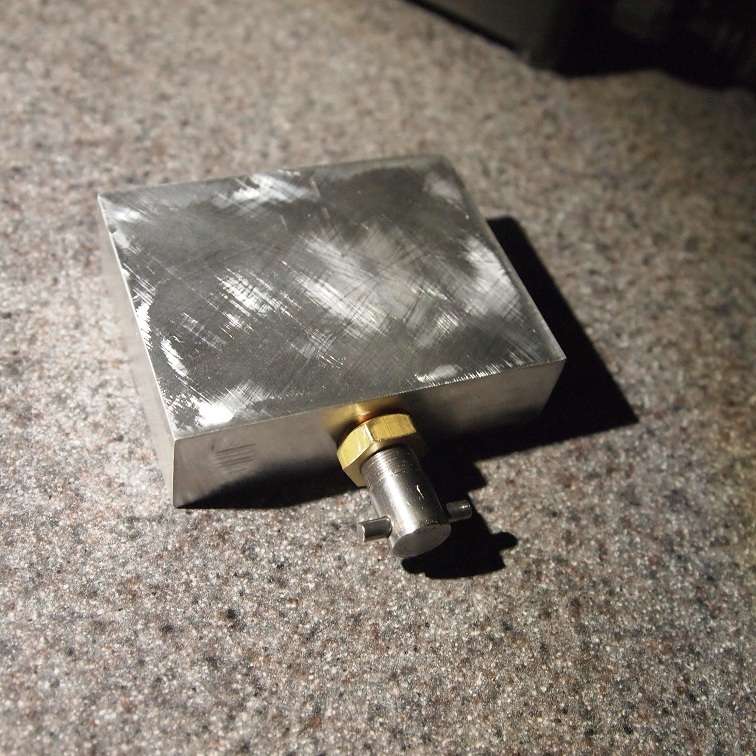- Joined
- Oct 14, 2011
- Messages
- 2,369
- Points
- 83
Hey guys,
When i saw this i thought it was so cool. I must share this :wave:
It is originally a CPU cooler, however this would be awesome on a lab style heatsink!



bought here:
HL5-9W53F-L1-GP 1366 3U Super Mute CPU Cooler Heatsink - Worldwide Free Shipping - DX
Following questions:
- How does this cool your CPU? (or potential sink) by liquid?
- Could this be usefull on a alluminium heatsink?
greetings,,
When i saw this i thought it was so cool. I must share this :wave:
It is originally a CPU cooler, however this would be awesome on a lab style heatsink!



bought here:
HL5-9W53F-L1-GP 1366 3U Super Mute CPU Cooler Heatsink - Worldwide Free Shipping - DX
Following questions:
- How does this cool your CPU? (or potential sink) by liquid?
- Could this be usefull on a alluminium heatsink?
greetings,,
Last edited:









